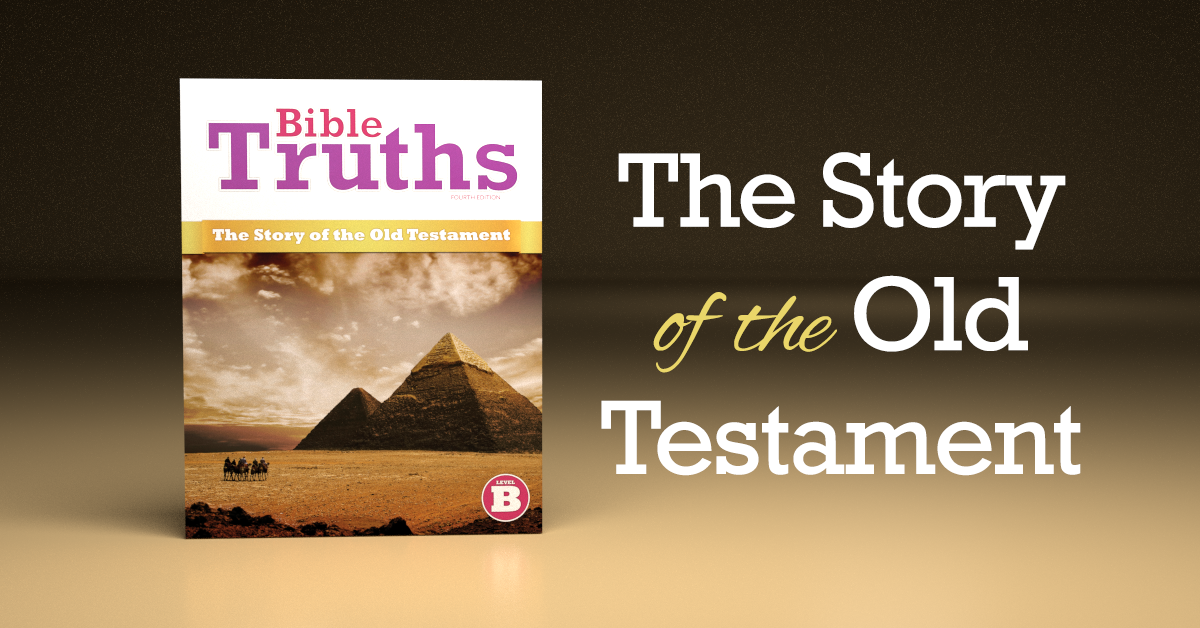Have you ever gotten lost in the middle of reading the Old Testament? Getting lost is easy because the Old Testament is long, the culture is foreign, and your recollection of the history may be fuzzy. From childhood, most of us have been taught to approach Scripture looking for morals to apply to our lives today. (Or maybe we just fall into this approach naturally.) But the Old Testament just doesn’t seem to provide what we’re looking for—unless we’re willing to stretch or twist the text out of context.
What’s the solution?
- First, our approach to Scripture needs to change.
- Second, we need to focus on the structure of the larger story of Scripture.
A God-Directed Approach to Scripture
Teaching children a foundation of biblical facts is important, and guiding them to make practical application should be an end goal. But the driving focus must be God-directed, not self-directed. Otherwise, children may learn all the morals for how to behave without recognizing the point—a right relationship with their Creator. For example, the point of the David and Goliath narrative isn’t to teach children to find courage in themselves. The point is to trust God because “the battle is the Lord’s” (1 Samuel 17:47).
Children need to be taught from a young age to look for what God reveals in His Word about Himself. And from those truths they can learn to look for what God has revealed to humans about having a relationship with Him. If we don’t teach children to approach the Bible this way, they may miss the Person at the center of it all; they may miss the all-powerful, self-existent God overflowing with love—the one all creation points to (Psalm 19:1).
The Creation, Fall, Redemption Structure
Children need to learn to understand individual Bible stories according to the larger context of what the Bible is all about. The BJU Press textbook The Story of the Old Testament teaches young teens to approach Scripture theologically. That means that they understand the Bible to be the true story of what God is doing to glorify Himself by redeeming His fallen creation (Creation, Fall, Redemption). Why is this important?
The Bible isn’t a random collection of stories or moral platitudes like the Qur’an or the sayings of Confucius. Biblical morality must be grounded in the reality of the larger story of this world. And that story tells your children how to have a relationship with their Creator. No other moral system teaches what the Bible does; every other religion is false, no matter how laudable its morals, because the larger story of the world told in those other religions is false.
Even the truth of our need to trust God (another moral that can be drawn from the account of David and Goliath) doesn’t make sense unless children understand that David’s trust in the Lord rested on the covenant God had made with Israel when redeeming them out of Egypt. Similarly, the New Covenant cross work of Christ teaches us and our children to trust in God. Every story, every moral has to be seen in the larger context of the Creation, Fall, Redemption story line.
When you read the Old Testament and teach it to your children, remember that the morals that you want to teach only make sense when grounded in the overarching story (Creation, Fall, Redemption) that reveals who God is. Right behavior ought to be grounded in right beliefs (Titus 2:11–12).

Leave a Reply